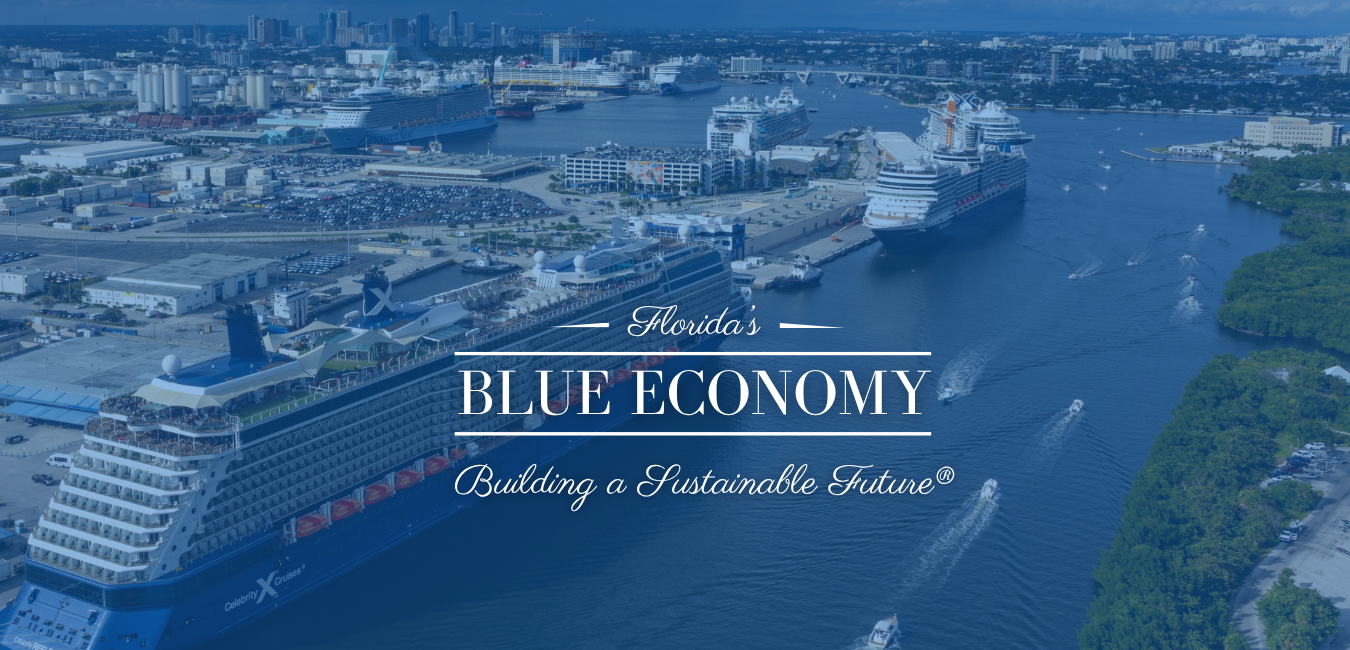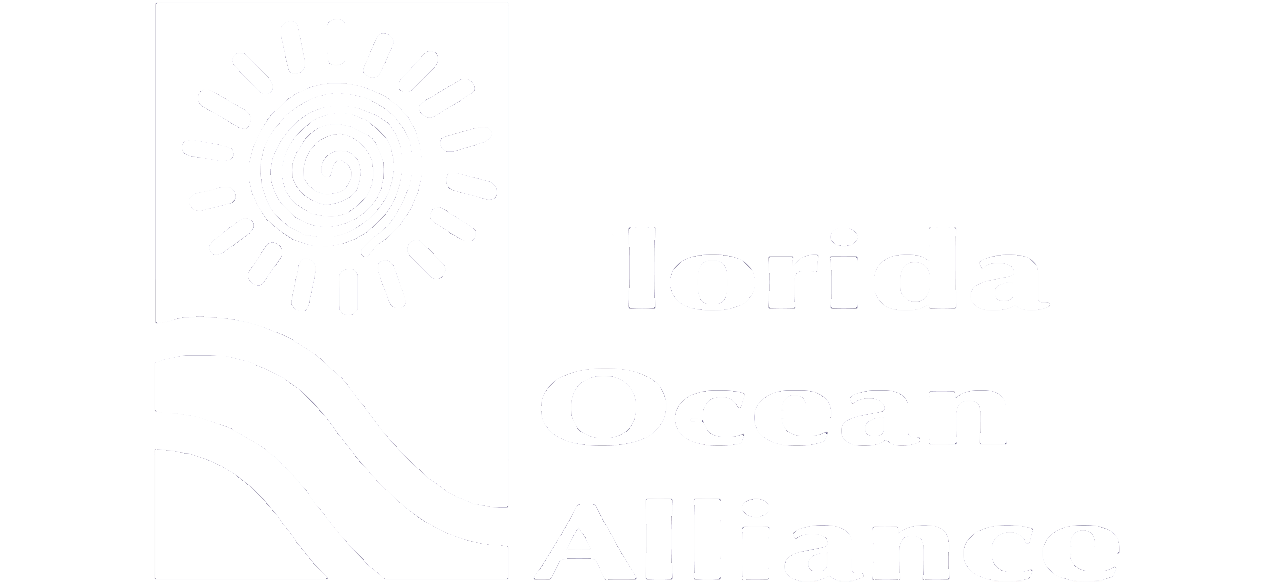
With its extensive coasts and surrounding oceans, Florida has the assets to become a true powerhouse in the Blue Economy through sustainable development, technology innovation, science, industry, and effective environmental management.
Florida has one of the longest coastlines in the US, second only to Alaska. Coastal counties are home to an overwhelming majority of the state’s population at nearly 17 million people, host critical infrastructure, drive robust economic activity, and contribute substantially to Florida’s thriving economy. With a $1.6 trillion GDP, up from $1.47 trillion in 2023, Florida is the 4th largest economy in the nation, and the GDP of Florida’s coasts exceeds the GDP of 45 US states. Ocean resources accounted for over a million jobs and $73 billion total contribution to the state’s GDP in 2018. This rose in 2021, when Florida’s economy exceeded more than $1.2 trillion dollars, with 83 percent contributed by activities in coastal counties. Florida has 14 operating deep-water seaports, and it is the undisputed cruise capital of the world, with three of the largest cruise ports – Miami, Canaveral and Port Everglades – located in the state.
Florida’s rich ocean and coastal resources support Florida’s Blue Economy and are critical to the state’s prosperity. Its extensive and varied ecological habitats are essential to the discussion of Florida’s economic health yet face threats from climate change and sea level rise, population growth and development, and poor water quality.
Florida’s oceans and coasts are home to important yet sensitive ecological habitats: seagrasses, wetlands, mangroves, beaches, mollusk beds, and coral reefs. Degradation of these invaluable habitats is costly, economically and ecologically, and diminishes the quality of life for Floridians. Protection of these habitats is crucial to the long-term sustainability of Florida’s commercial and recreational fisheries. These habitats also provide important storm and coastal protection and help maintain water quality, as well as stabilize and protect shorelines and uplands from wind, waves, and flooding. They also play a critical role in carbon storage and sequestration.
Florida’s 825 miles of beaches provide enormous economic benefit as well as value to the environment and quality of life. Beaches are critical for tourists and residents alike and are essential habitats for sea turtles, shorebirds and other marine life. Beaches also function as buffers to protect communities and coastal infrastructure from waves during major storms. Protecting Florida’s invaluable natural resources while expanding its Blue Economy are key priorities of the Florida Ocean Alliance.
The Alliance’s 2020 Strategic Plan provides the strategies, recommendations, and actions needed to build Florida’s Blue Economy. Implementation of the Plan will result in economic expansion, improved resilience, and a sustainable future for the state.
Learn more about Florida’s Blue Economy
2020 Florida: An Economic Overview- Securing Florida’s Blue Economy
Keeping Florida's coastlines and oceans a key part of the economy is threatened by climate change
The Value of Natural Infrastructure -An Exploration of Tampa Bay



